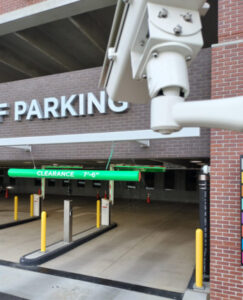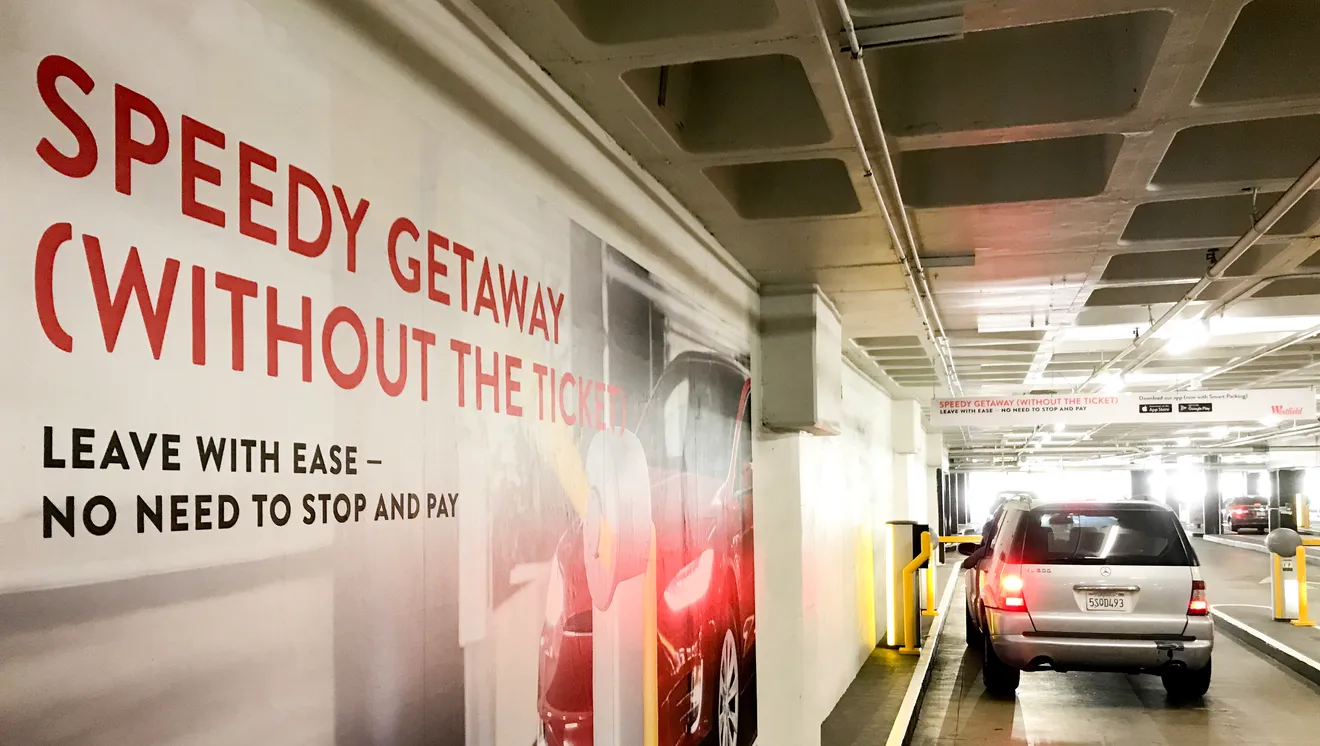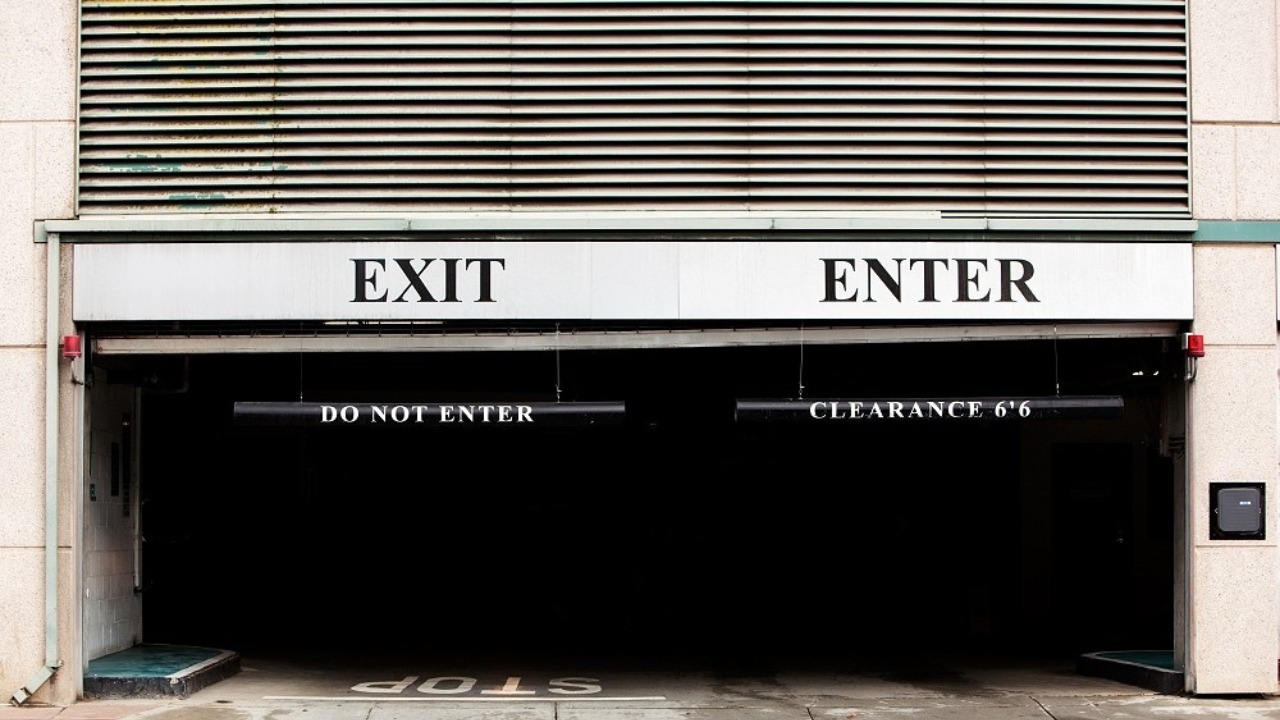Ticketless parking systems using License Plate Recognition (LPR) and gates offer a seamless and efficient way to manage parking facilities.
Here’s How Ticketless Parking Works:
1. Entry: As a vehicle approaches the parking gate, the LPR system scans the license plate and records the entry time. The gate opens automatically without the need for a physical ticket.
2. Parking: The vehicle parks as usual. The system keeps track of the duration of the stay.
3. Payment: Payment can be made through various methods, such as mobile apps, online platforms, or at payment kiosks within the parking facility.
4. Exit: When the vehicle approaches the exit gate, the LPR system scans the license plate again. If the parking fee has been paid (either in advance or at the exit), the gate opens automatically.

Advantages of Ticketless Parking:
1. Convenience: No need for physical tickets, reducing the hassle for drivers. The challenge of processing lost tickets also disappears when there are no tickets.
2. Efficiency: Faster entry and exit, improving traffic flow within the parking facility.
3. Security: Enhanced security through accurate vehicle identification and tracking.
4. Cost: Equipment costs are much lower over time with reduces initial purchase price and Maintenance cost long term vs traditional cost.
5. Better security and tracking: The system can keep track of vehicles and their parking duration, which helps with better monitoring of the facility.
This technology is becoming increasingly popular due to its ability to streamline parking operations and enhance user experience.
Disadvantages of Automated Ticketless Parking:
While automated ticketless parking systems using License Plate Recognition (LPR) and gates offer many benefits, there are some disadvantages to consider:
Potential for Misreads: LPR systems can sometimes misread license plates due to factors like dirt, damage, or poor lighting conditions. This can lead to incorrect billing or access issues.
Privacy Concerns: The use of LPR technology involves collecting and storing vehicle data, which can raise privacy concerns. Ensuring compliance with local data protection regulations is crucial.
Technical Issues: Like any technology, LPR systems can experience technical problems such as software glitches or hardware failures, which can disrupt parking operations.
User Adaptation: Some users may be unfamiliar with ticketless systems and may find the transition challenging. Clear signage and support are necessary to help users adapt.
Despite these challenges, many modern parking facilities find that the advantages of automated ticketless systems outweigh the disadvantages.
Minimizing Misreads in Ticketless Parking Systems:
Minimizing misreads in License Plate Recognition (LPR) systems involves several strategies:
1. High-Quality License Plate Recognition Cameras: Using high dynamic range cameras with good low-light and bright-light performance can significantly reduce misreads. Cameras should be capable of capturing clear images in various lighting conditions. Inex cameras provide the highest read rates in the industry.
2. Optimal Camera Placement: Positioning cameras at the right angles and heights ensures better capture of license plates. Avoiding obstructions and ensuring a clear line of sight is crucial.
3. Regular Maintenance: Keeping cameras clean and free from obstructions like dirt or debris helps maintain image quality. Regular maintenance checks can prevent issues that might lead to misreads.
4. Advanced Software LPR Algorithms: Utilizing advanced image processing algorithms can improve the accuracy of plate recognition. These algorithms can filter out noise and enhance the clarity of the captured images.
5. Redundant Parking Systems: Implementing redundant systems, such as having multiple cameras capturing front and rear license plates, can help cross-verify the captured data and reduce the chances of misreads.
6. User Feedback Mechanisms: Allowing users to report misreads and providing a quick resolution process can help identify and rectify issues promptly.
By implementing these strategies, the accuracy of LPR systems can be significantly improved, leading to a more reliable and efficient parking management solution. If you need further details, feel free to ask.


